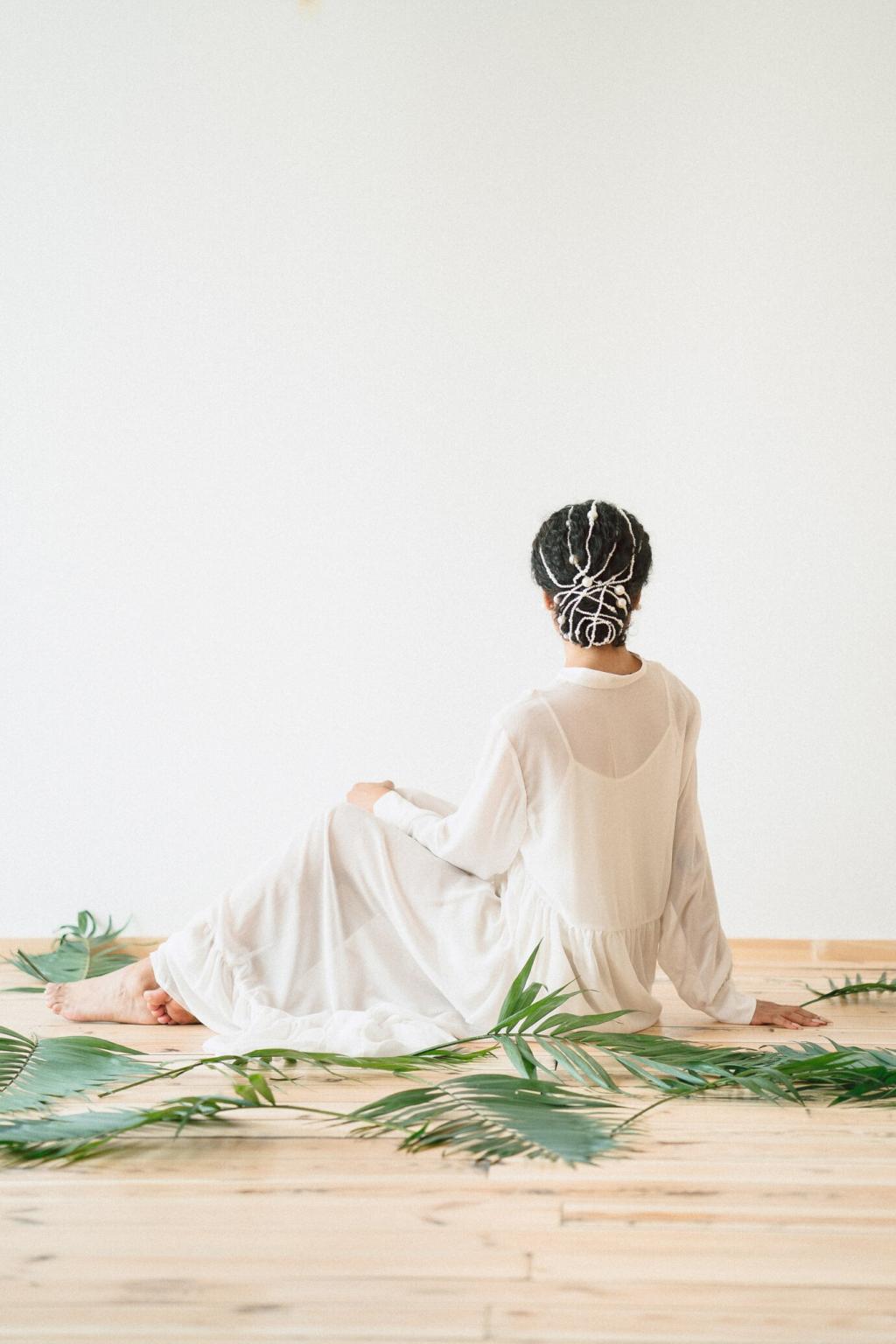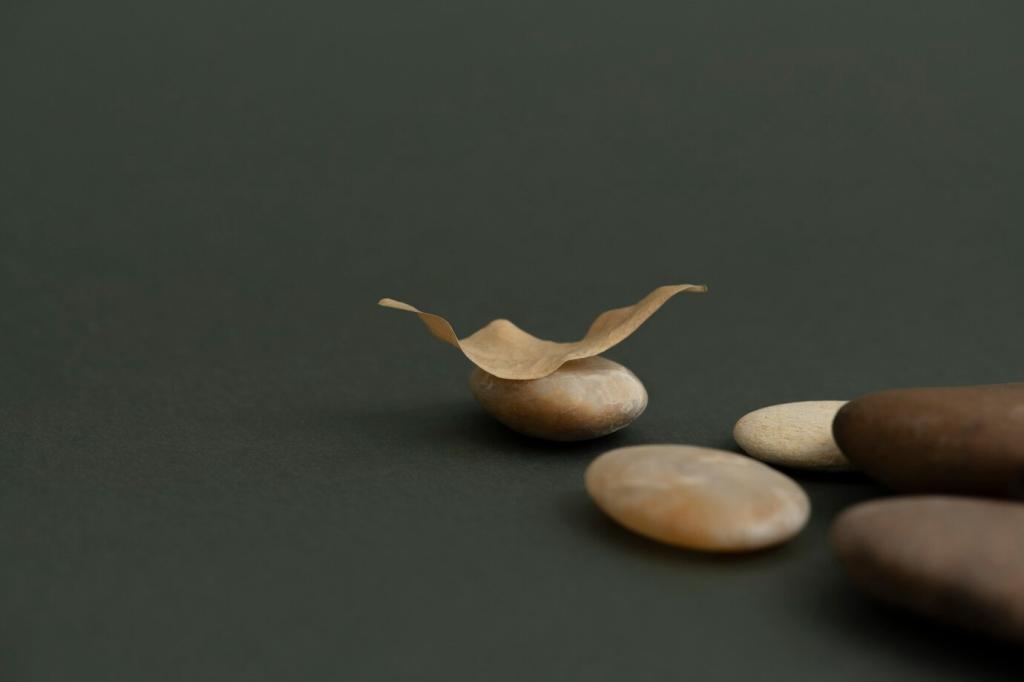Materials and Palette: Honest, Quiet, Grounded
Choose matte or oiled woods—ash, oak, bamboo—for benches, low shelves, or a simple altar. Their grain adds gentle visual interest without shouting, and their tactile warmth invites daily touch.
Materials and Palette: Honest, Quiet, Grounded
Linen, cotton, and wool regulate temperature and feel kind against skin. One cushion and one throw often suffice; redundancy breeds clutter. Keep covers washable to maintain freshness without visual excess.
Materials and Palette: Honest, Quiet, Grounded
Begin with soft neutrals—sand, fog, bone—and let one muted accent carry meaning, like eucalyptus green or clay. Repeating a single tone creates coherence and avoids the fatigue of competing colors.




